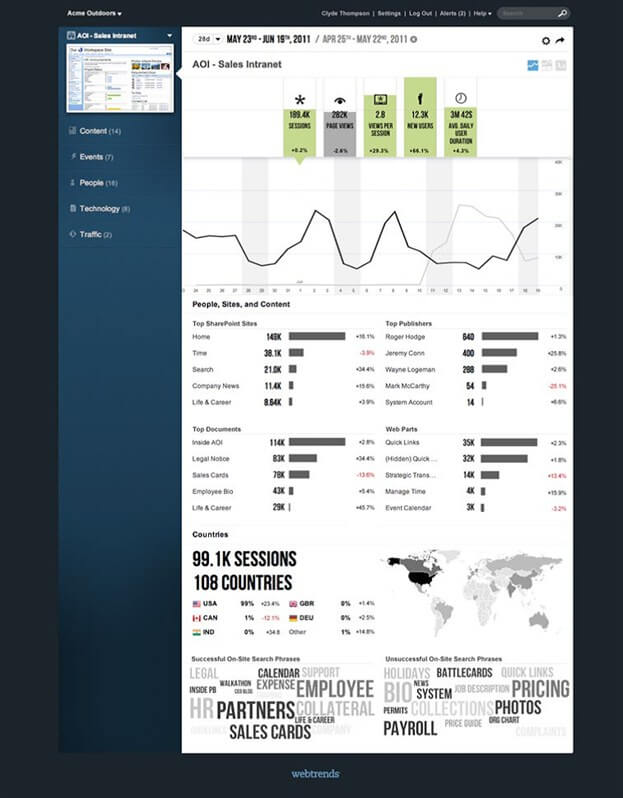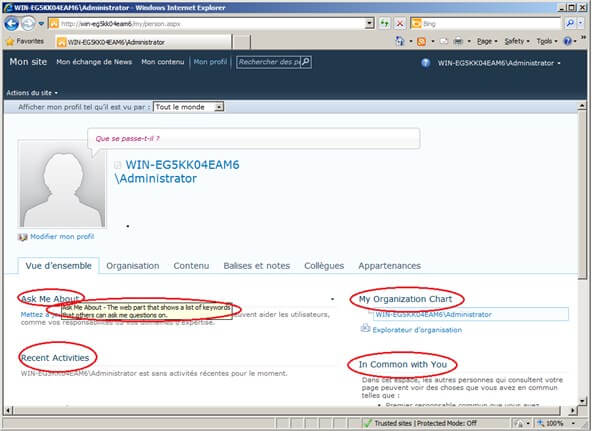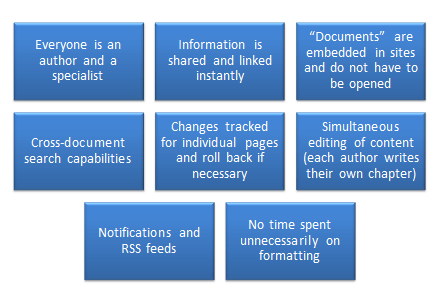
How easy can scanning to SharePoint be?
Blog PostsIn our last week’s article we introduced UDOCX as the only cloud-based service that integrates physical scanned documents with SharePoint and Exchange.
The UDOCX “Scan-to-SharePoint version” is not only about storing documents into SharePoint and integrating them into internal or external business workflows (which is crucial for business productivity). It’s also about being very user-friendly for both users and administrators. UDOCX is the easiest and most convenient way for employees to scan documents into SharePoint!



